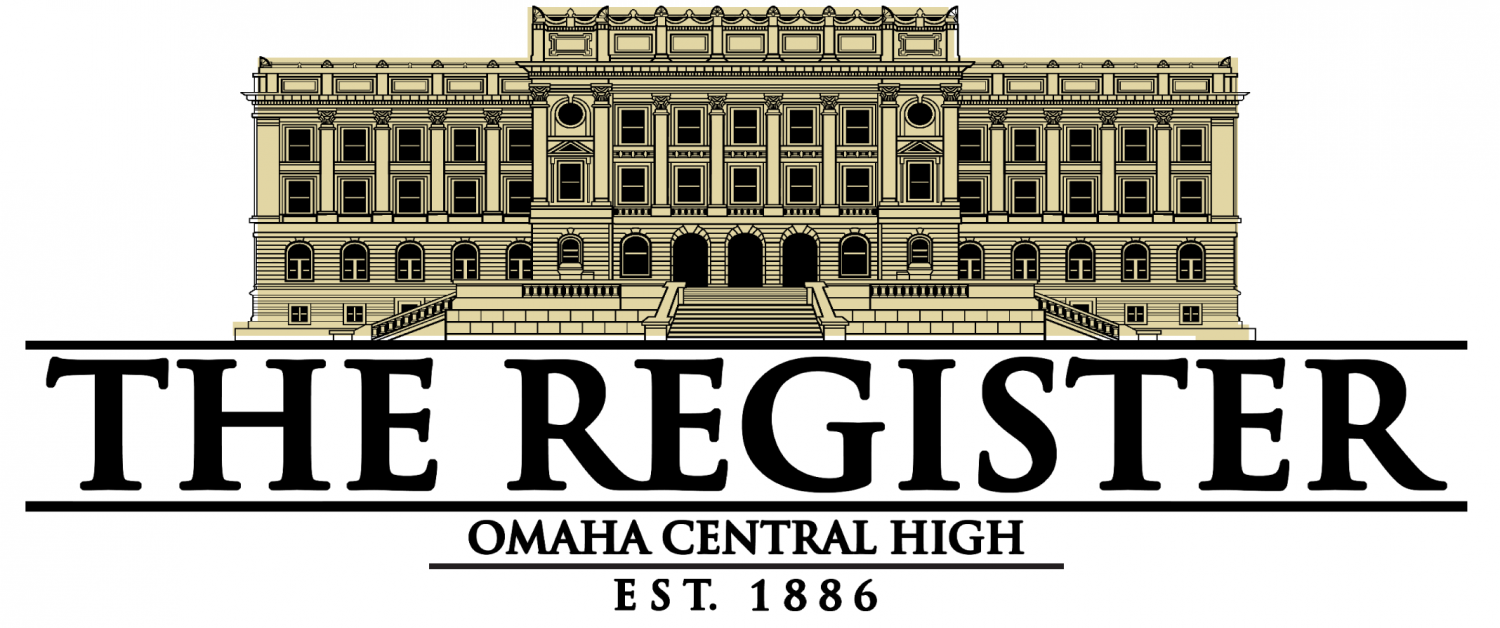Colorful Rebellion – Grafitti is Art
February 16, 2019
The generation gaps in America sometimes play a part in heated debates over somewhat seemingly silly topics, for example graffiti. Many believe that all graffiti is vandalism and therefore illegal, however, others have argued that within the appropriate guidelines and boundaries, graffiti is art.
Now days a lot of the graffiti we see tends to be poorly drawn obscenities and profanity carved into surfaces with pens or pencils, however this wasn’t always the case. Graffiti has its origins in rebellion and social protest.
In early times, ancient romans and Greeks wrote their names and protest poems on buildings(https://learnenglishteens.britishcouncil.org/skills/reading/upper-intermediate-b2-reading/history-graffiti). Even earlier, cave drawings have been credited as one of the earliest forms of written communication and in a way, they also serve as a starting point for modern graffiti.
This less than legal street art, has primarily been seen in a negative light only, due to its connection to gangs and profanity, although it has been used for morally justified reasons as well, those of which we choose to ignore. Another point of contingency with Graffiti is the fact that it is usually some kind of act in rebellion against authority. Authority figures are fearful of losing their power and do not take kindly to people sharing their well-placed opinions on public surfaces.
For a long while graffiti has been seen as a way of expressing an underlying social or political message, for example, anarchy-punk band, Crass, promoted a campaign of stenciling anti-war, anarchist, feminist, and anti-consumerist messages throughout the London Underground system during the late 1970s and early 1980s (http://sociecity.com/youth-articles/the-art-and-message-in-graffiti).
Graffiti often serves as a message from the masses that something in society is less than ideal. Politicians are slow to listen to “common folk”, and sometimes drastic times call for drastic measures. It may take something big, loud, visible and slightly illegal to draw attention to their social cries.
Although I agree that defacing someone’s private business or property is uncalled for and should remain illegal, I do believe that within reason, graffiti on public/government owned property should be protected under our First Amendment rights. As it is indeed, as all art, is linked to freedom of expression, as well as frequently displaying itself as a form of peaceful protest.
